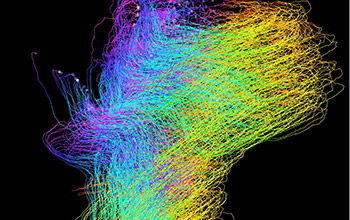All Images
Media Advisory 12-024
NSF Official to Report on Administration Efforts to Address Big Data Science and Engineering
Suzanne Iacono participates in InformationWeek Government Webcast on October 25 at 2 p.m. ET
This material is available primarily for archival purposes. Telephone numbers or other contact information may be out of date; please see current contact information at media contacts.

NSF-funded XSEDE resources enhance advanced computational abilities to manage large amounts of data to track, and mitigate the effects of a disaster. When the blowout of the British Petroleum (BP) Macondo well destroyed the Deepwater Horizon oil rig in the Gulf of Mexico in April of 2010, it touched off the largest environmental disaster in U.S. history, leading to a full-scale effort to stop the leak, assess the full scope of the damage, and take steps to minimize further harm. At universities across the nation, researchers used advanced cyberinfrastructure available through the Texas Advanced Computing Center (TACC) and Louisiana Optical Network Initiative (LONI), both TeraGrid resource providers, to help inform the response effort and forecast the oil spill's impact throughout the Gulf Coast region. This is an immersive (3-D made from 2-D) simulation of oil flow through water, based on computational fluid dynamics simulations. The "ribbons" show the particles, color and thickness indicate movement. XSEDE will enable greater discovery and learning to address future environmental challenges.
Credit: Marcel Ritter, Jian Tao, Haihong Zhao, Louisiana State University Center for Computation and Technology
Download the high-resolution JPG version of the image. (1 MB)
Use your mouse to right-click (Mac users may need to Ctrl-click) the link above and choose the option that will save the file or target to your computer.


